| Vintage Pulp | Jun 28 2024 |


Our interest in Peking Express was wholly due to Corinne Calvet, who we've seen in promo images, but never speaking and moving. The movie, which was an update of 1932's Shanghai Express, is an overcooked spy adventure with cheesy, anti-commie filling, making for a creation that's hard to swallow. Joseph Cotten arrives in Shanghai as a World Health Organization specialist on a mission to operate on some bigwig general. On a Peking bound train he encounters two complications—his ex-flame Calvet, and attempted murder. The latter has to do with the smuggling of contraband inside WHO crates. Soon both Cotten and Calvet are held prisoner by ringleader Marvin Miller (playing a Chinese military officer named Kwon) who wants to engineer a hostage exchange.
The movie ultimately portrays Miller as a money-grubbing bandit willing to betray wife, party, and country for personal gain. Threats and torture are his methods of persuasion, along with a hefty dose of general sneakiness. He spouts some of the worst dialogue ever, often starting with, “We Chinese...” But he doesn't get the worst line. We just about upchucked on this, spoken about Miller by a saintly priest played by Edmund Gwenn: “If only he had as much devotion to God's cause we would never have to worry about the world.” Really? Is that so? History says otherwise. To add insult to cognitive dissonance, the soundtrack contains some of the worst villain music imaginable. Composer Dimitri Tiomkin must have worn out an entire brass section recording it.
We're fine, in principle, with the main plotline. The seemingly contradictory idea of a villain driven by a mix of entrepreneurial greed and communist doctrine is fertile. The crosscurrent of the WHO trying to save lives in a country where many are suspicious of its mandate struck us as relevant. But the operatic dimensions of the characters backfire to infantilise the movie's messages. We suspect that the average Christian would find Gwenn's missionary priest a pompous cardboard cut-out. The average communist would laugh the entire enterprise off as delusional b-grade propaganda. And the typical thief would judge Miller to be an incompetent boob. What would the typical Chinese person think? We can't say, but our special consulting critic Angela the sunbear, whose native habitat includes China, might be able to enlighten us. And finally, what do fans of Corinne Calvet think? We thought: What a waste. Thanks for throwing that China question my way, boys. I disliked the movie, and I extend an invitation to any who want to understand the complicated reasons why to discuss it with me over grubs and beetles.
Thanks for throwing that China question my way, boys. I disliked the movie, and I extend an invitation to any who want to understand the complicated reasons why to discuss it with me over grubs and beetles.









| Vintage Pulp | Jan 18 2023 |

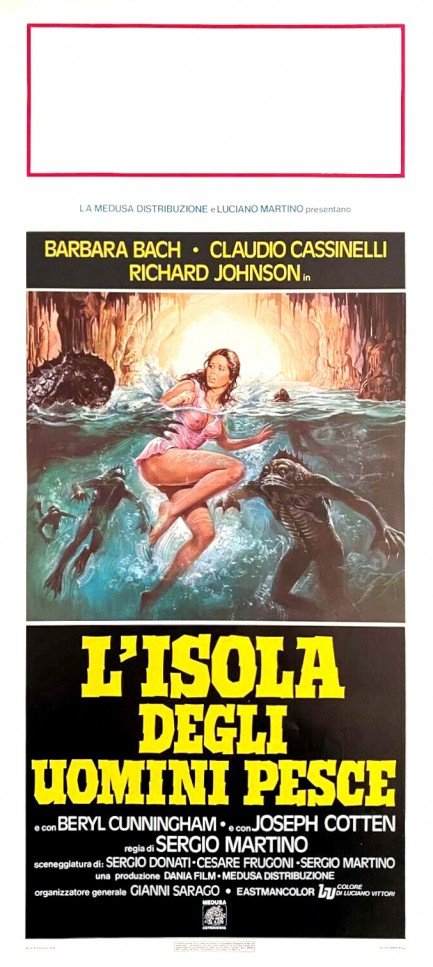

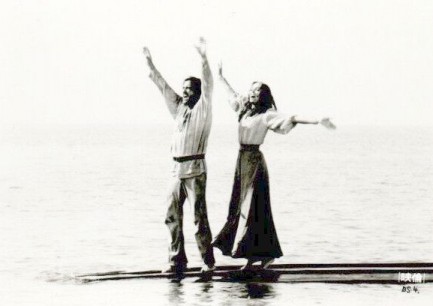
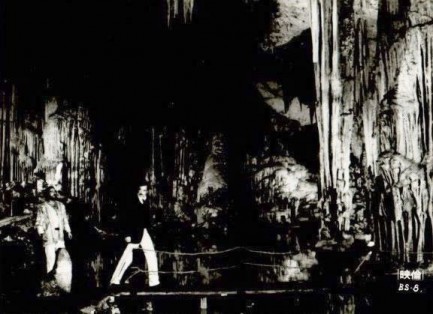
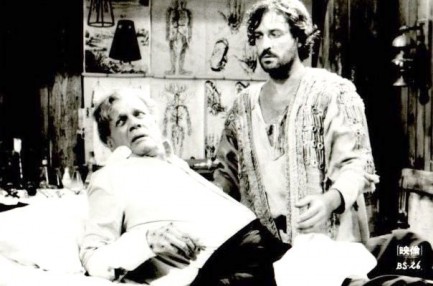
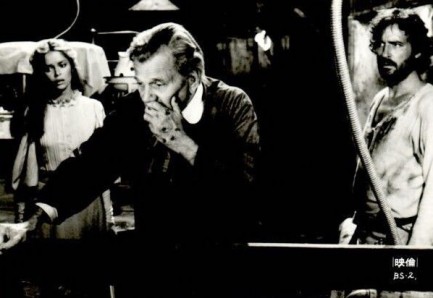

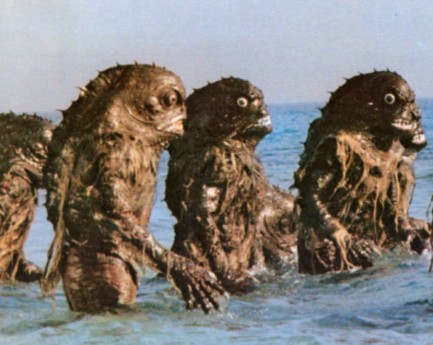

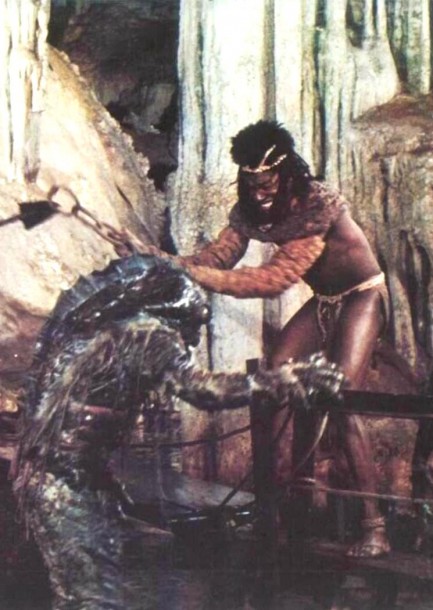


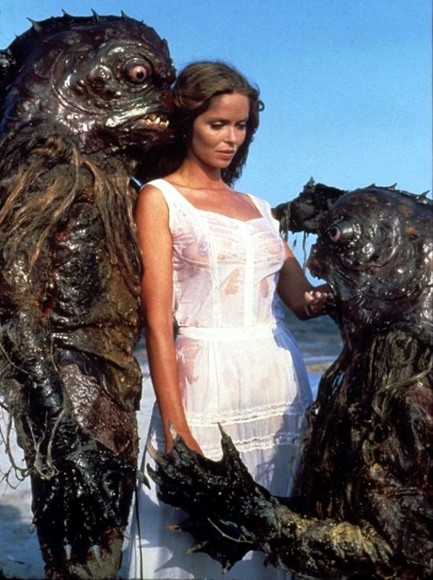

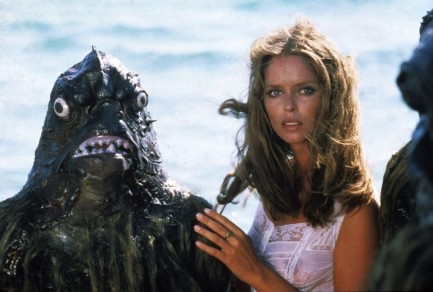



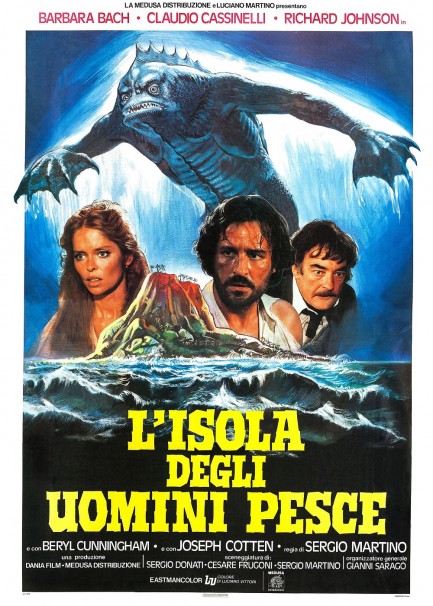
| Vintage Pulp | Aug 16 2013 |

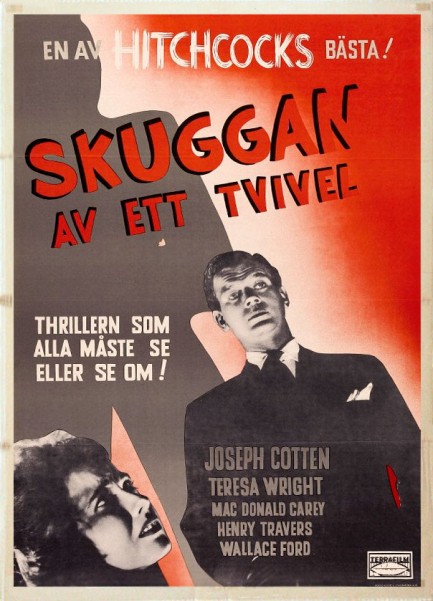
Above, a Swedish poster for Alfred Hitchcock’s psychological thriller Skuggan av ett tvivel, staring Joseph Cotten and Teresa Wright, and originally released in the U.S. as Shadow of a Doubt. The Swedish premiere of the movie was today in 1943, which might be a surprising fact for some, considering the ongoing calamity that was World War II, but Sweden was neutral during the conflict—or perhaps a better way to phrase it is to say it was occasionally helpful to both the Axis and Allies. Anyway, this is an excellent poster that tells the entire story of the film—an outwardly normal man is really a monster, and in the art casts a misshapen shadow that only one young, intuitive woman can see. The line across the top says, “One of Hitchcock’s best!” Of course, he would rise to even greater heights during the 1950s and 1960s, but some still regard this as top five Hitchcock. Us? Not so much, but see it and judge for yourself.
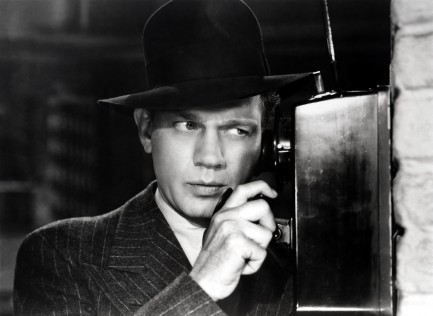
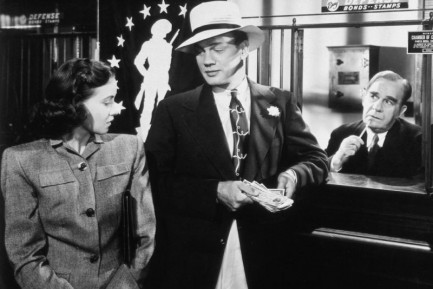
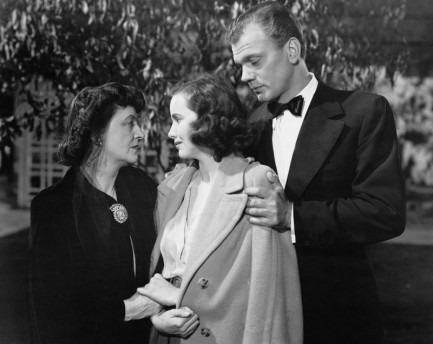
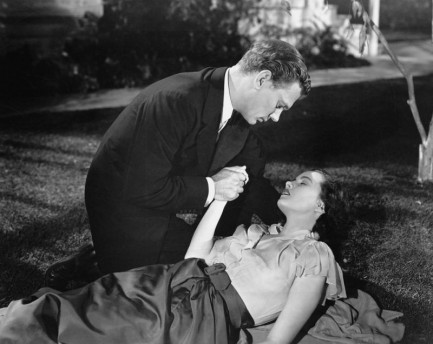
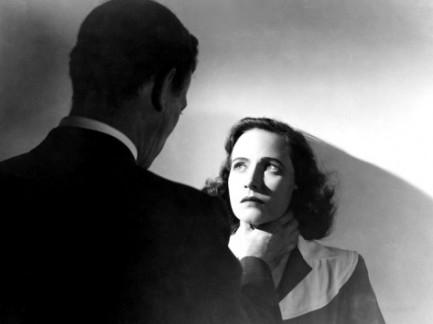
| Vintage Pulp | Dec 8 2011 |

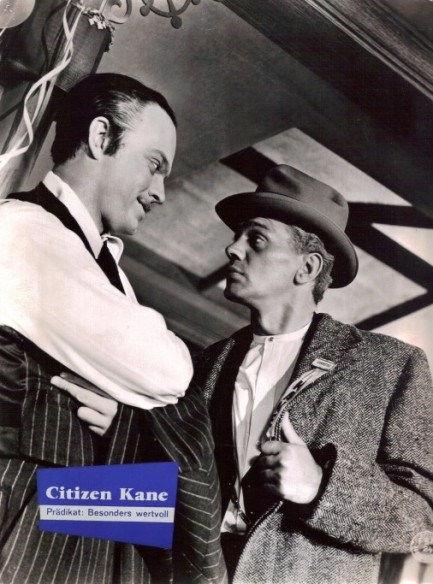
Above is a rare Citizen Kane lobby card, produced for the film’s West German run, which, as you might imagine, didn’t occur until well after World War II for the 1941-produced film. This shot has Orson Welles and Joseph Cotten. It was sent over by our friends at National Road Books, and as always, we appreciate their generosity, especially with items this rare (the text in the inset box reads: “Descriptor: especially valuable”). See more here, including a rare shot of Dorothy Comingore.
| Vintage Pulp | Sep 3 2010 |

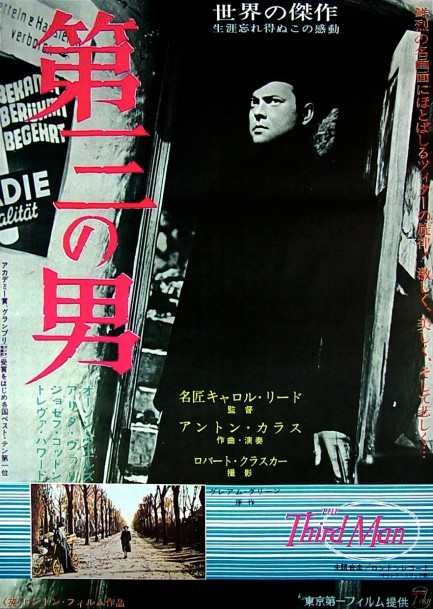

The 1949 film noir The Third Man is a best-case-scenario of what can happen when great talents collaborate. Carol Reed directs, Orson Welles, Alida Valli and Joseph Cotten act from a screenplay penned by master storyteller Graham Greene, and the cinematographer is Robert Krasker. Krasker won an Academy Award for his work here, and when you see the velvety blacks and knifing shadows of his nighttime set-ups, as well as the famed scenes shot in the cavernous Vienna sewers and bombed out quadrants of the city center, you’ll understand why. The story involves a pulp writer named Holly Martins who arrives in a partitioned post-war Vienna only to find that his friend Harry Lime is dead, run down by a truck. When Martins learns that the police are disinterested in the circumstances of Lime’s demise, he decides to do what one of his pulp characters would do—take matters into his own hands. But nothing adds up. He learns that Lime died instantly, or survived long enough to utter a few last words. He finds that Lime was a racketeer, or possibly not. And he discovers that two men were present when Lime died—or possibly three. That third man seems to be the key to the mystery, but he proves to be damnably elusive. We can’t recommend this film highly enough. Above you see a pair of rare Japanese posters from The Third Man’s premiere in Tokyo today in 1952.




































































